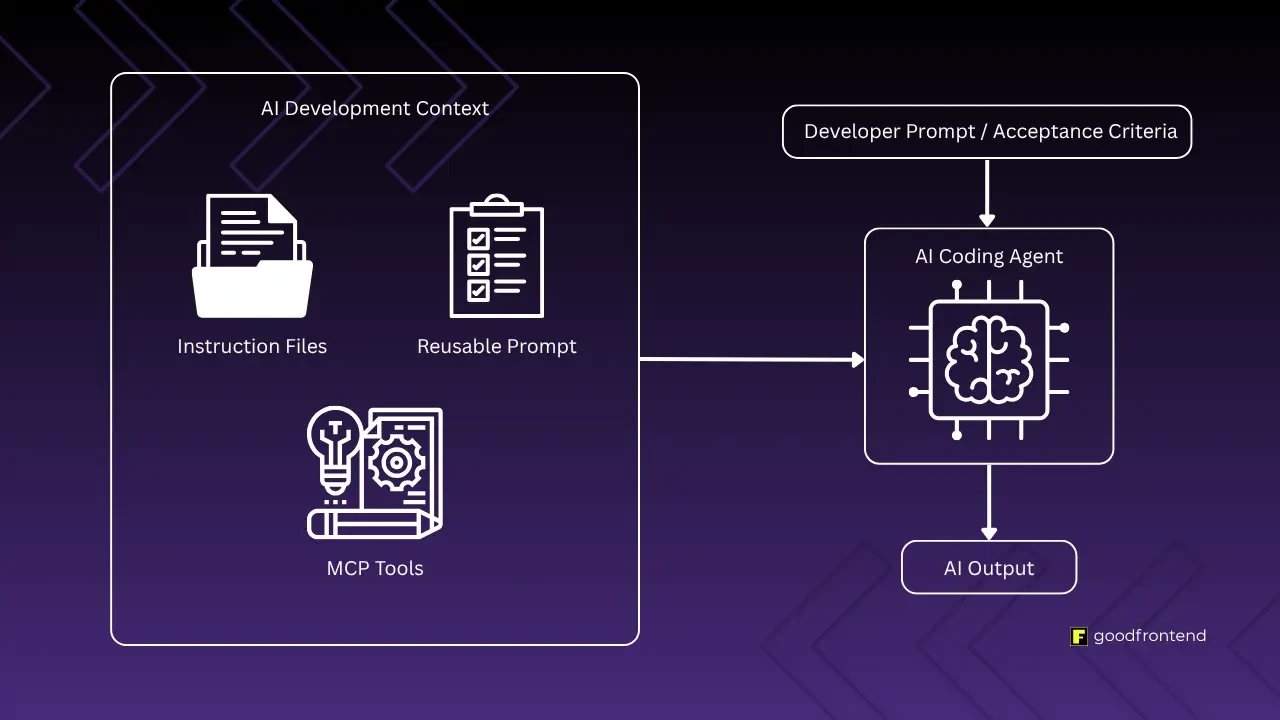
Navigating Challenges: Embracing Commercetools Studio for Frontend Excellence
Introduction
In this article, I will share my experience with Commercetools Frontend, the challenges I faced, and why I believe it’s a nice addition when developing good frontends for the Commercetools platform.
Hurdles
Here are the few of the hurdles I encountered and how I managed them:
Learning Curve
As someone used to custom development methods, learning this platform required a mindset shift. I have to learn how to perform actions using their extensions runner. Which basically relays the data your application requires. And understand how Commercetools studio works. The Studio is a frontend management interface that allows business users and developers to edit, build and manage a Commercetools frontend website.
Customization
Commercetools offers various customization options, understanding how to use it properly took some trial and error. Experimenting with different APIs and extension points eventually helped me find the right balance.
The Studio
One thing that caught my attention about Commercetools is having the freedom to manage your frontend interface. The Studio offers a user-friendly experience that makes editing, building, and managing frontend websites straightforward. Here are some of the features I really enjoyed using:
User Interface
The Studio’s UI is easy to navigate and very intuitive, making it less overwhelming for beginners or business users who do not have a technical background but still need to manage the storefront effectively.

Real-time Editing
One thing I like about the studio is its real-time editing capability. This helps a lot, especially when making quick iterations and testing and saving time between making a change and seeing its impact, which helps a lot for agile development and marketing strategies.
Component-Based Architecture
Because of the Studio’s use of a component-based architecture, developers are able to simply manage and update reusable components. Defining schema is a way to determine what type of data the component needs.

The above schema ensures that the component has all the necessary information to render properly. These fields will be used in the response when the hero component is rendered.
Drag-and-Drop
Drag-and-drop functionality further simplifies the process of designing and arranging elements on the website. I experienced this firsthand when I had a task to add a new component and give the footer a fresh look. The process is straightforward. I was able to drag the new footer component into place and immediately see how it looked on the live site. Iterating on the design was just as easy—if something didn’t look quite right, I could quickly adjust the layout, swap out components, or tweak settings, all in real-time.

Internationalization
Adding support for multiple languages can be a tedious task sometimes. But while using Commercetools Studio, I learned that it has built-in support for localization. Making implementation for multiple languages straightforward.

Integration
Compared to custom development from scratch, where you need to make sure all parts of the system communicate properly. With commercetools Frontend many of these challenges are mitigated. The platform is designed with integration in mind, providing pre-built connectors and a well-documented API framework. This significantly reduces the amount of custom code required for integrating third-party services. For example, when I had to integrate a tag management system into my previous project using Google Tag Manager, without Commercetools Frontend I would have to spend a considerable amount of time writing custom code to capture and send data to GTM. From setting up event listeners to making sure data is consistent while covering every edge case. But with commercetools Frontend the process was much simpler. The platform provided built-in support for GTM, allowing integration to be straightforward and easy without writing a significant amount of code. This not only saves time but also reduces the potential for integration errors.
Conclusion
In conclusion, commercetools Frontend has been a game-changer for my approach to commercetools development. It offers a modern, flexible, and efficient way to manage the frontend and integrations. This solution is a strong contender for anyone looking to reduce their time to market when using Commercetools as their e-commerce platform to build from.
About the Contributor
 Jomel CadienteView ProfileAssociate Software Engineer
Jomel CadienteView ProfileAssociate Software Engineer
Discuss this topic with an expert.
Related Topics

Level Up Shopping: How Gamification Is Transforming E-CommerceHow AI and Playful Design Are Redefining Customer Loyalty

Invisible UX: When the best interface is no interfaceTurns out less really is more.

Software Development in the Age of AIAs AI-assisted development becomes the norm, the need for standardized context management systems arises for team workflows.